Sintra, Portugal’s Hidden Gem: The Untold Secrets Of Its Fascinating History Revealed
Sintra is a remarkable town and municipality located in the Greater Lisbon region of Portugal, nestled on the Portuguese Riviera.
The municipality, home to a population of approximately 385,654 as of 2021, covers an area of 319.23 square kilometers.
Sintra is known for being one of the most urbanized and densely populated areas in Portugal.
It’s also a major tourist destination, famous for its beautiful landscapes, historic palaces, castles, scenic beaches, parks, and gardens.
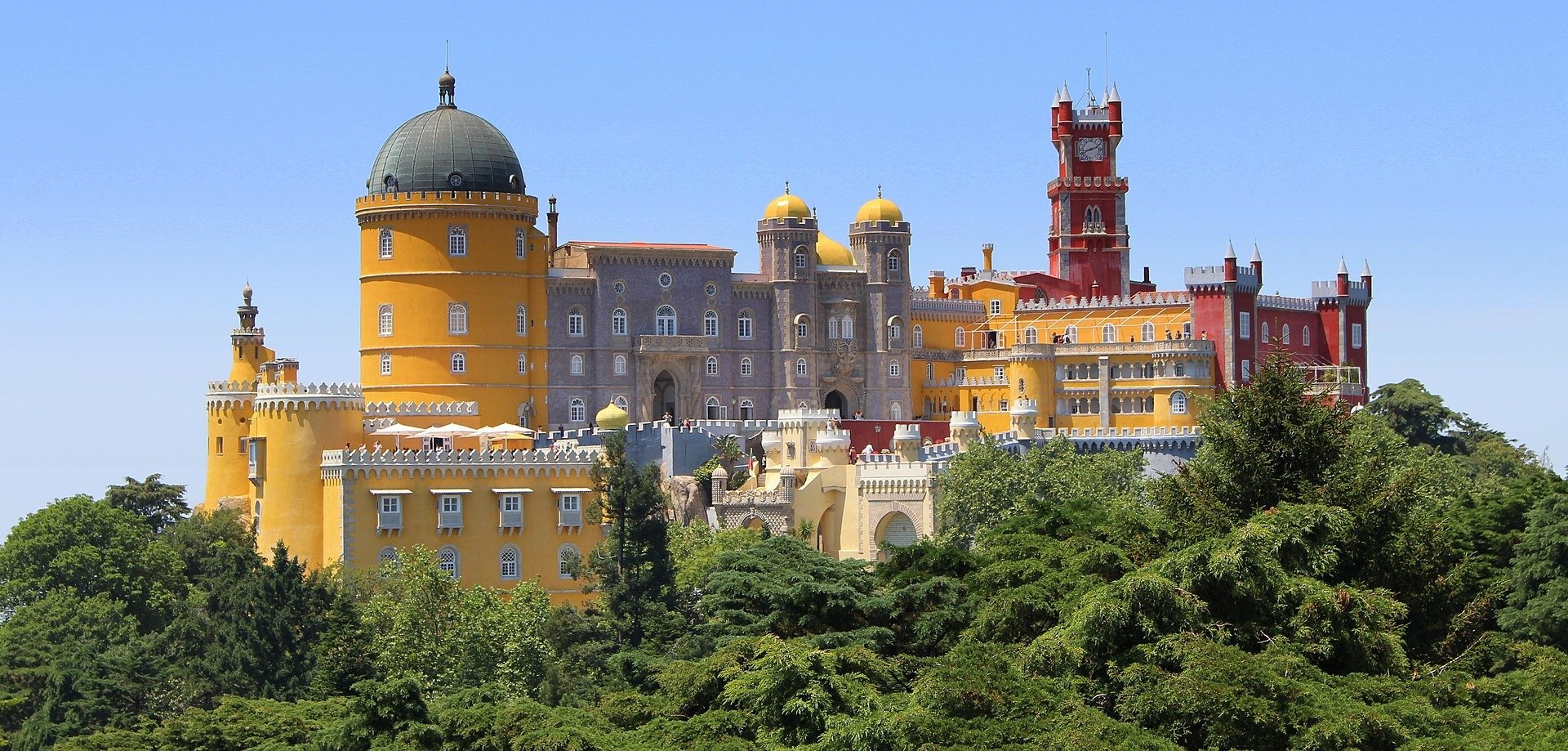
History of Sintra
Prehistoric Times
The earliest signs of human life in Sintra date back to the early Paleolithic period, with remnants found in Penha Verde.
Similar artifacts, such as decorated ceramics and stone tools, have been discovered in other areas, including near the Castle of the Moors, dating back to the Neolithic period around the 5th millennium BC.
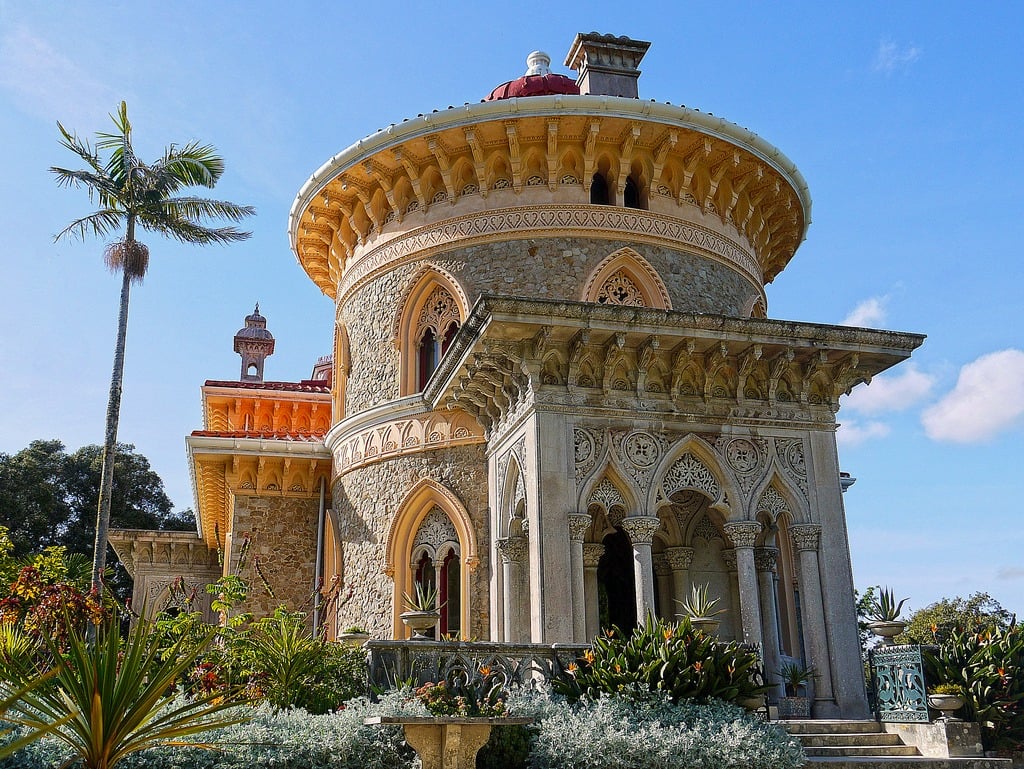
During the Bronze Age, between the 4th and 3rd millennia BC, the area around Sintra, especially near the present-day town, was home to a settlement.
Artifacts like vases from this period have been found in the Sintra mountains.
The most famous discovery from this time is the Sintra Collar, a gold neck-ring from the middle Bronze Age found near the town in the late 19th century, now housed in the British Museum.

Iron Age
By the 4th century BC, before the Romans arrived, Sintra was already influenced by various cultures due to its proximity to a large trading center, known today as Lisbon.
![Praia da Ursa, Portugal [2009]](https://dailyviral.net/wp-content/uploads/2024/08/sintra-portugal-4.jpg)
Sintra’s name is believed to derive from the medieval term “Suntria,” which means “bright star” or “sun,” a name associated with Indo-European cultures.

Roman period
During the Roman period, Sintra was part of the vast Civitas Olisiponense, with significant Roman influence evident in the area.
The town’s close proximity to the ancient city of Olisipo (modern-day Lisbon) meant that it played a crucial role in the region’s trade and cultural exchange.
The remnants of Roman roads and funerary monuments still bear witness to this era.
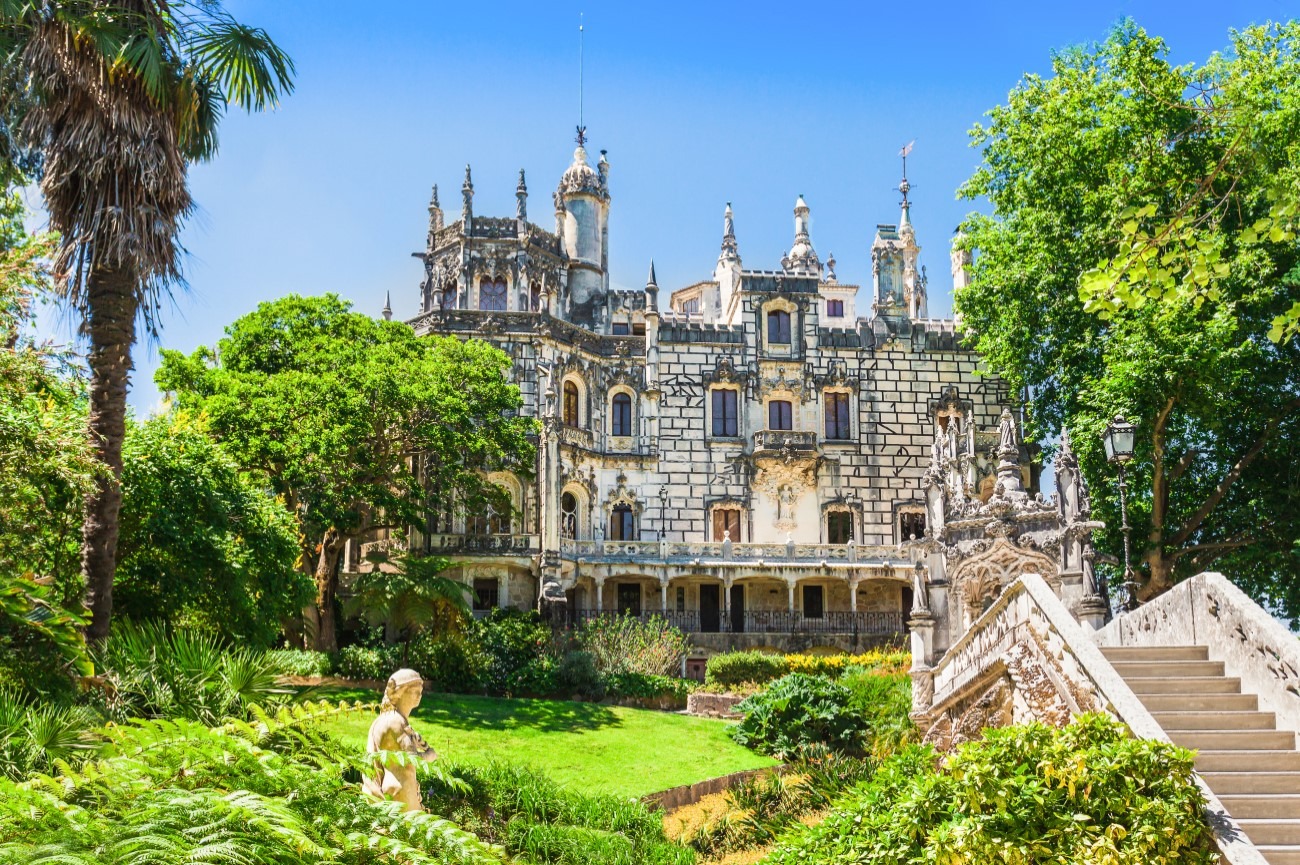
Moorish Period
When the Moors occupied Sintra, they referred to it as “Xintara.”
The Moorish geographer Al-Bacr described Sintra as a town near Lisbon that was often covered in mist.
The Moors built the Castle of the Moors on the hilltops of Sintra, which became a key defensive position during the Reconquista, the Christian reconquest of the Iberian Peninsula.

Christian Reconquest and the Medieval Period
In the 9th century, as Christian armies advanced during the Reconquista, Sintra was gradually isolated.
In 1093, King Alfonso VI of León received control of Sintra, along with Santarém and Lisbon, during a period of instability in the Muslim-controlled areas.
However, the Almoravids soon recaptured Sintra and Lisbon.
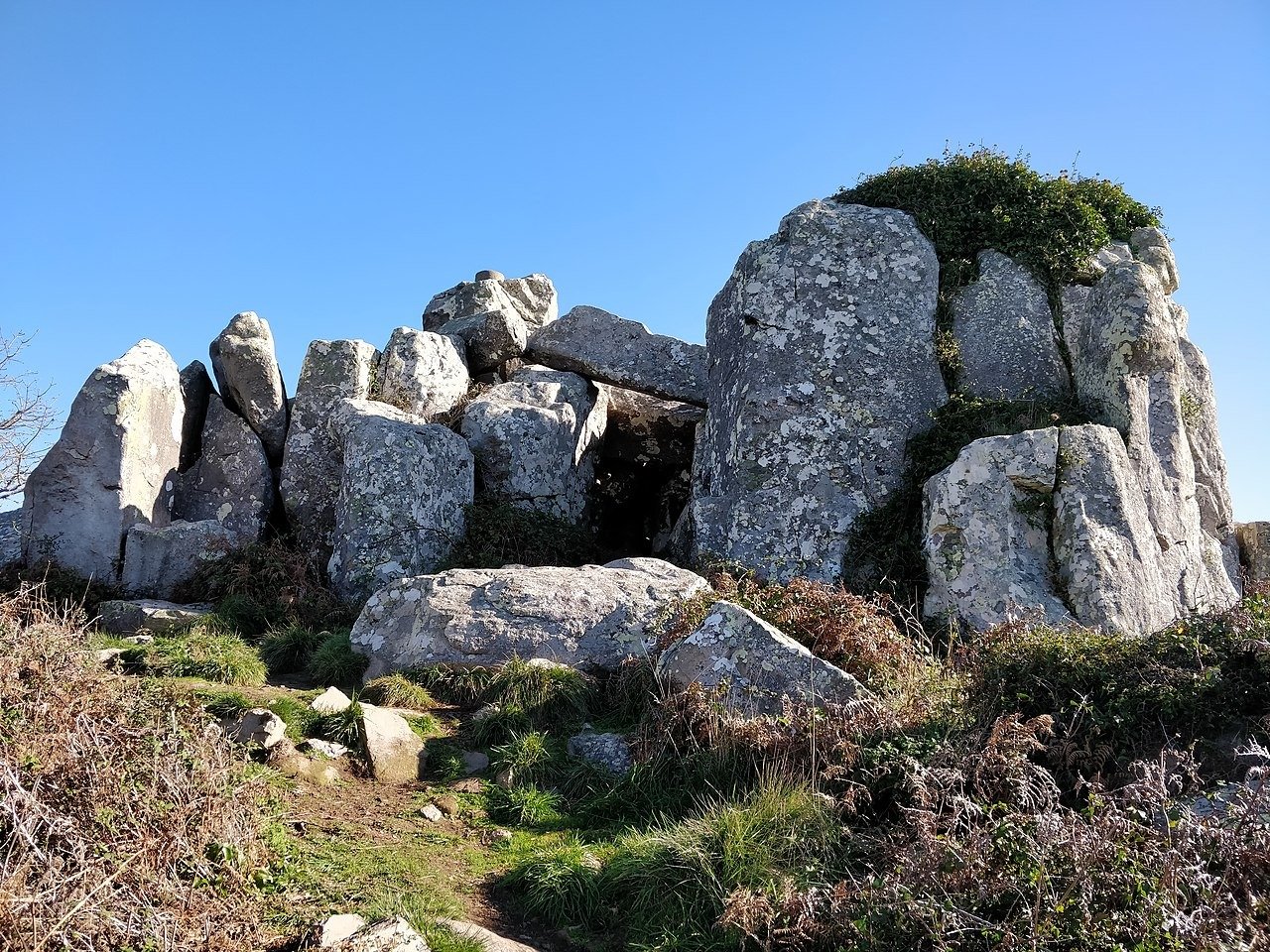
In 1109, Count Henry reconquered Sintra.
In 1147, Sintra was finally captured by Afonso Henriques, the first King of Portugal, marking its integration into Christian dominions.
The king established the Church of São Pedro de Canaferrim within the walls of the Moorish Castle to celebrate his victory.
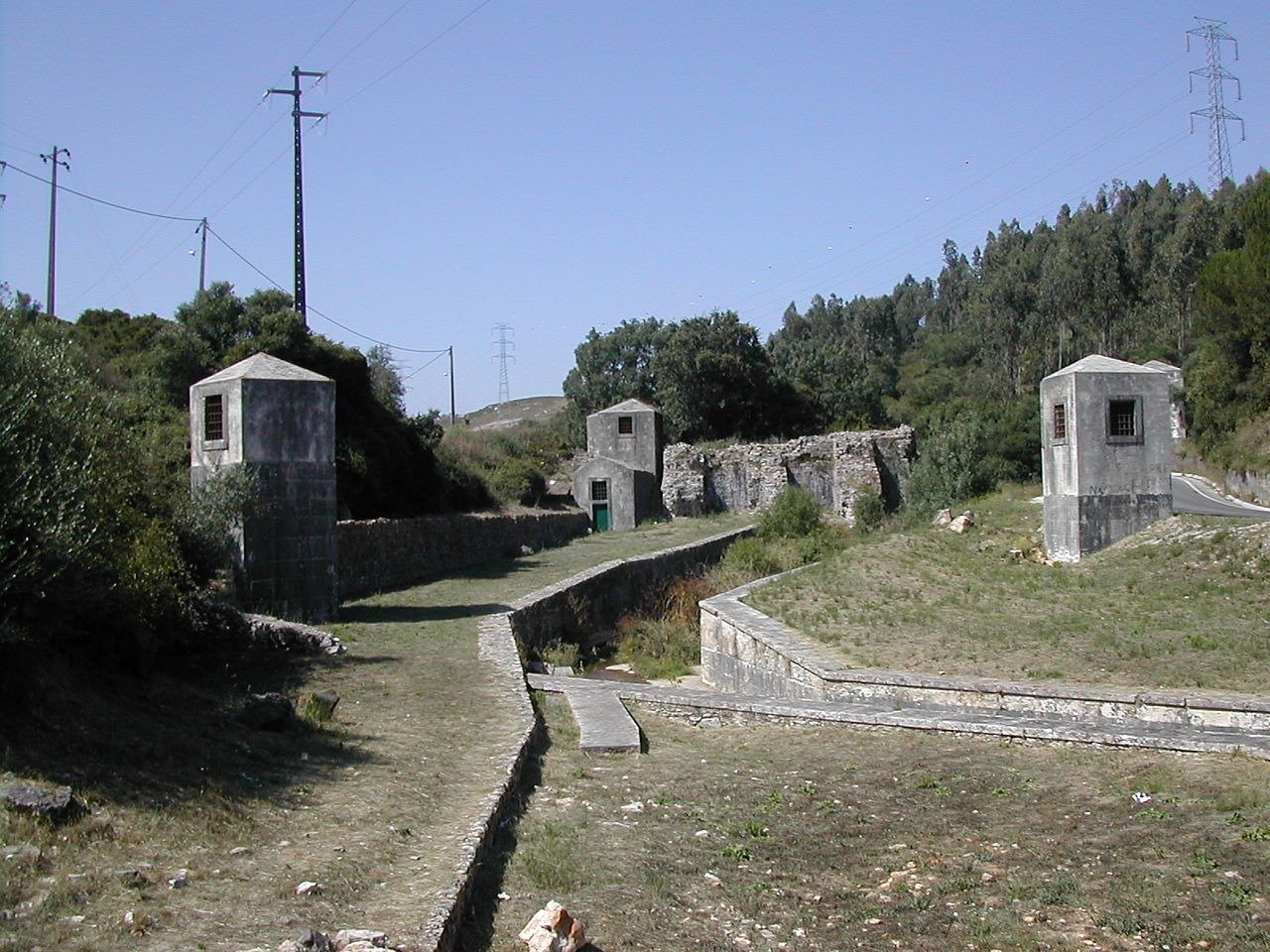
In 1154, he granted Sintra a foral (charter), establishing it as a municipality.
During the 12th and 13th centuries, Sintra grew with the establishment of several convents, monasteries, and estates.
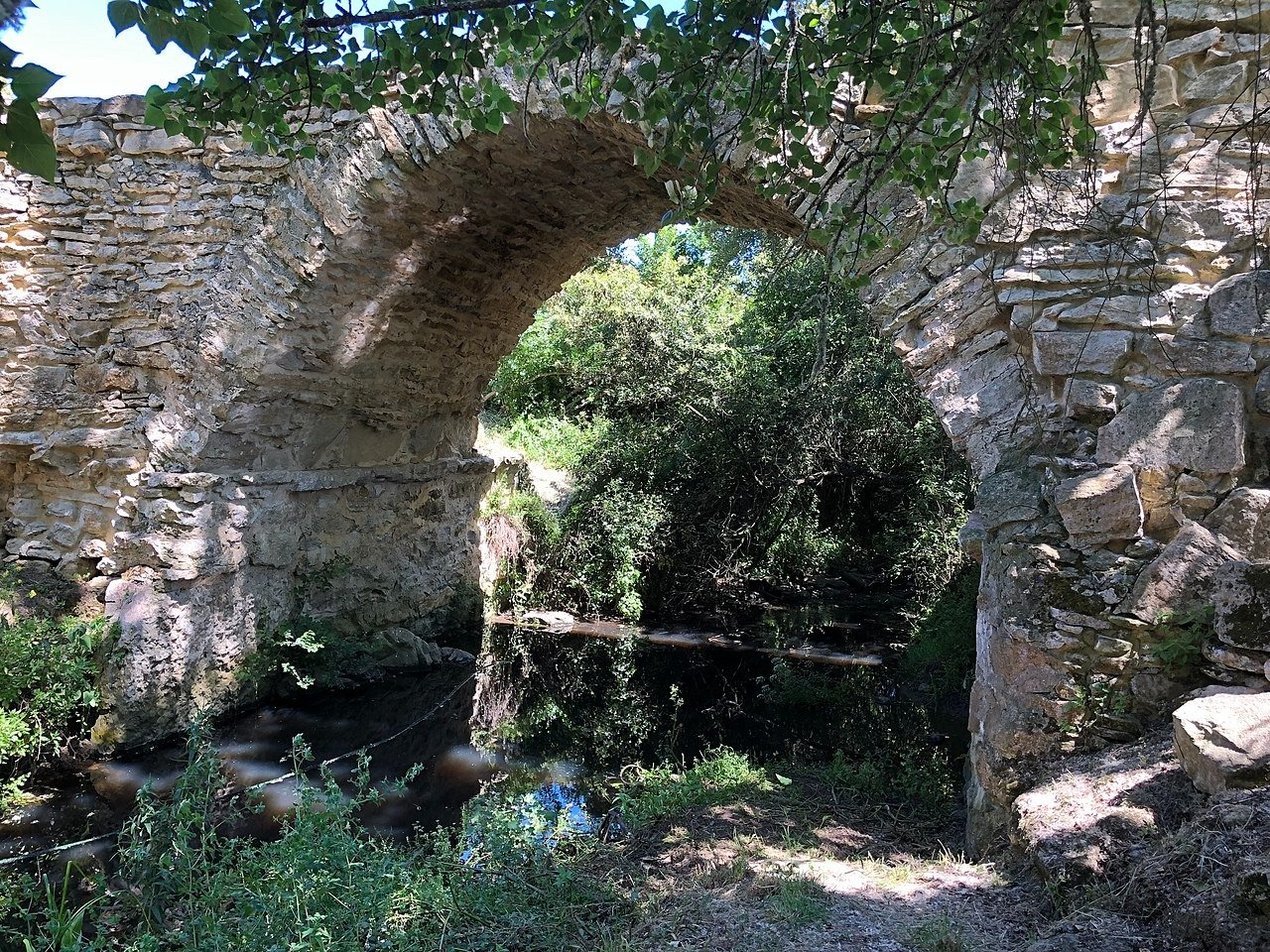
The Royal Connection
Sintra has long been connected to the Portuguese royal family.
During the reign of King Ferdinand (1367–1383), the town became a retreat for the monarchy.
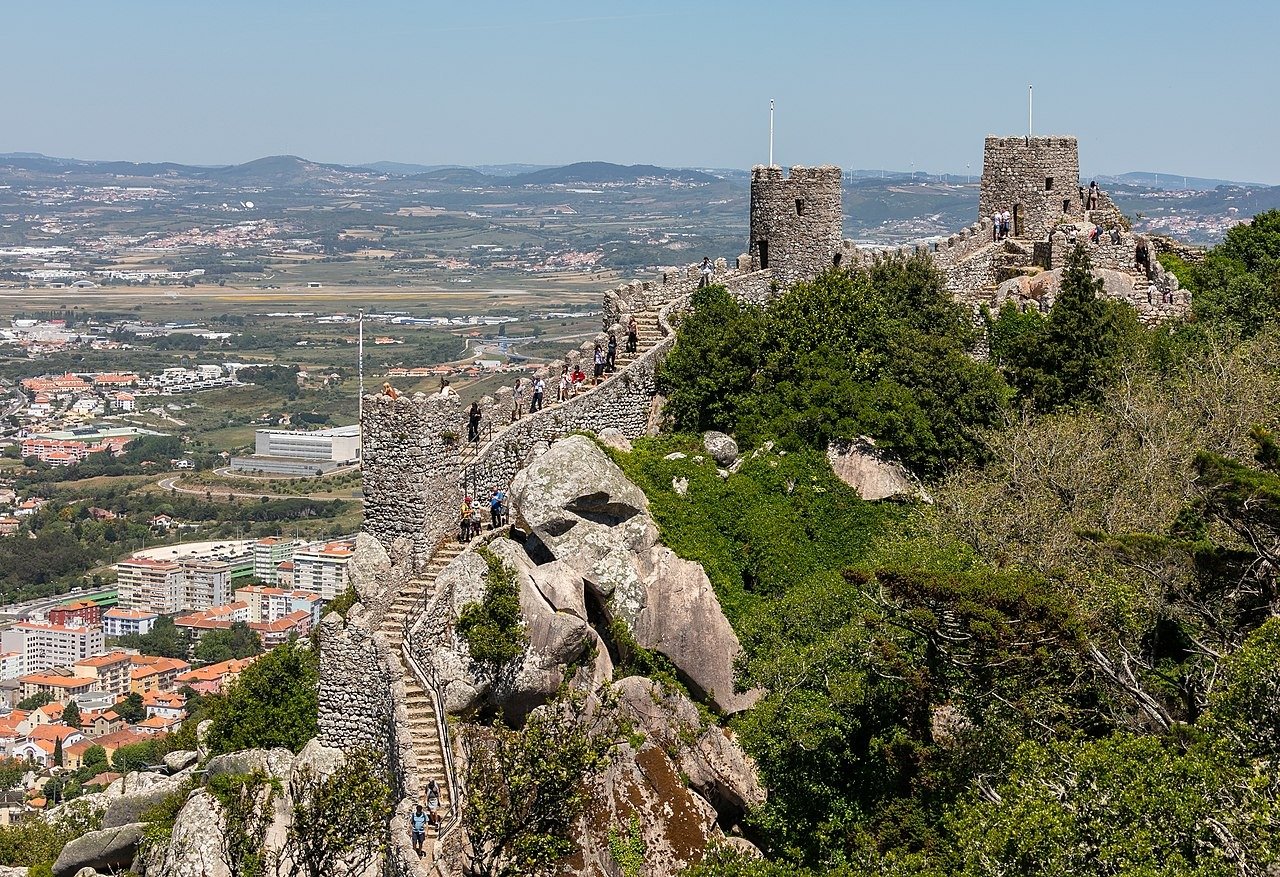
Many kings and queens spent their summers in Sintra.
The town’s importance continued to grow during the Age of Discovery, with notable figures like Gonçalo de Sintra and Pedro de Sintra playing roles in the exploration of Africa.
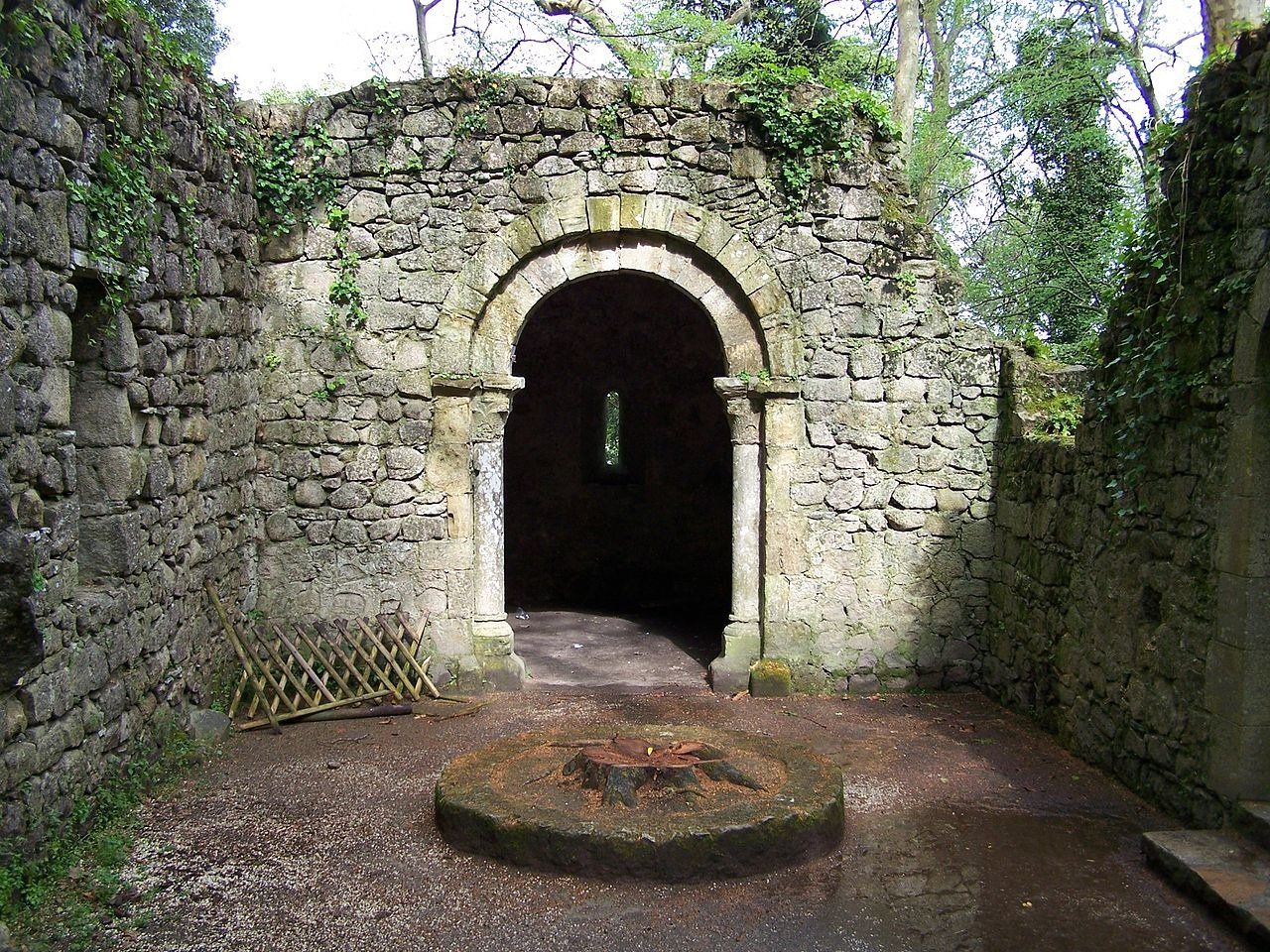
In the 15th and 16th centuries, Sintra became a cultural center, attracting artists, writers, and members of the aristocracy.

King Manuel I, in particular, spent many summers in Sintra and commissioned various public works, including the reconstruction of the Gothic Church of São Martinho and the construction of the Monastery of Nossa Senhora da Pena, which later became the famous Pena Palace.

Architectural and Cultural Heritage
The town is part of the Sintra-Cascais Nature Park, which includes the Sintra Mountains.
The historic center of Sintra, called Vila de Sintra, is renowned for its 19th-century Romanticist architecture, historic estates, villas, gardens, and royal palaces and castles.
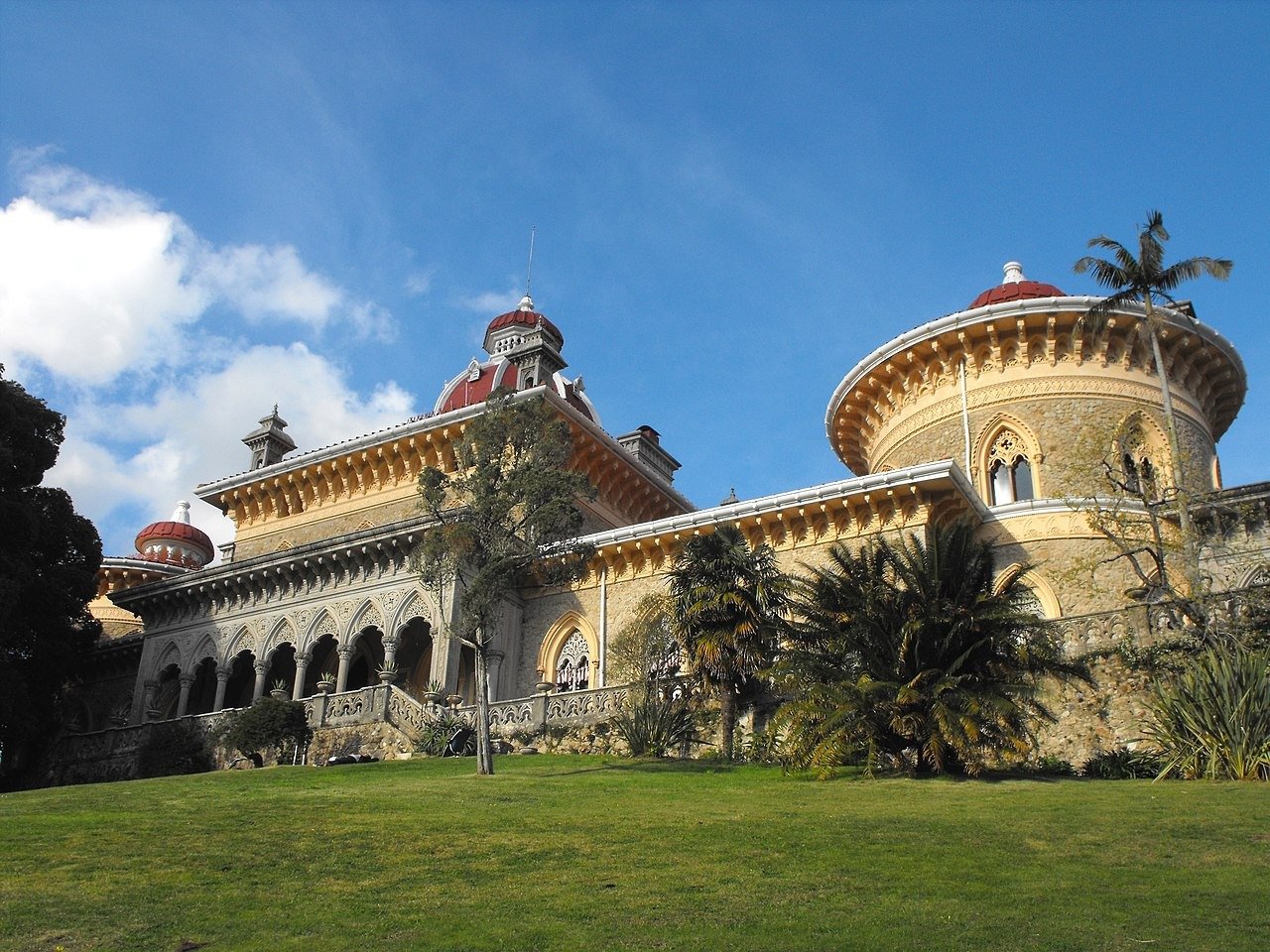
Key landmarks include the medieval Castle of the Moors, the romanticist Pena National Palace, and the Portuguese Renaissance Sintra National Palace.
This rich history and stunning architecture led to Sintra being classified as a UNESCO World Heritage Site.
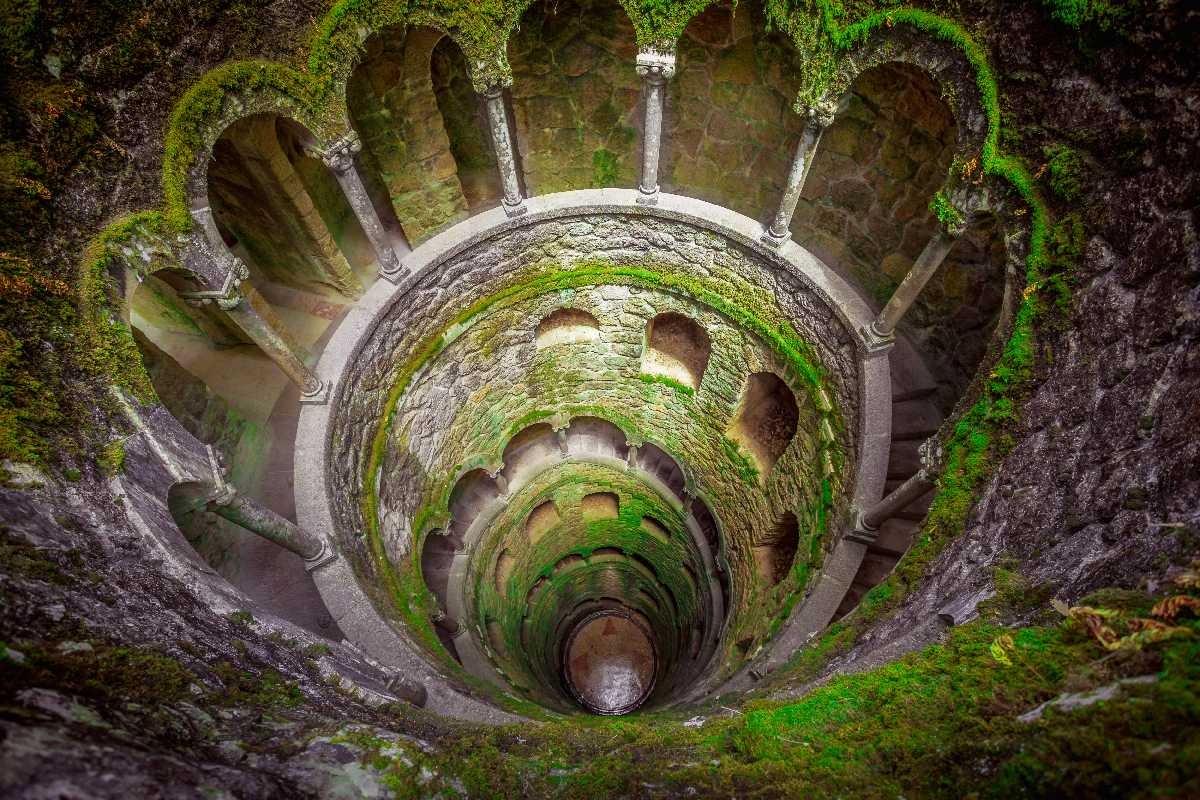
Modern Significance
Today, Sintra remains one of the wealthiest municipalities in Portugal and the Iberian Peninsula.
It is home to a large expatriate community and is consistently ranked as one of the best places to live in Portugal.
The town also hosts the annual ECB Forum on Central Banking, highlighting its continued importance on the global stage.

